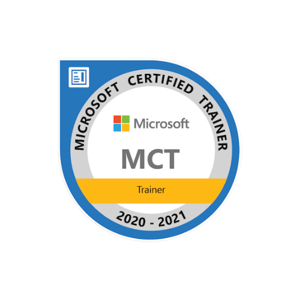Here's a high-level solution for your use case:
Activity 2: To sync the changes from MyDB to individual copies of MyDB, you can use Azure Data Factory to create a pipeline that copies the data from MyDB to the individual copies of MyDB. You can schedule this pipeline to run periodically, or trigger it to run whenever there are changes in MyDB.
Activity 3: To allow users to update their copies of MyDB in isolation, you can create a separate database user and login for each user, and grant them only the necessary permissions on their copy of the database.
Activity 4: To allow each user to write back their changes to MyDB, you can use Azure Data Factory to create a pipeline that copies the data from the individual copies of MyDB to MyDB. You can schedule this pipeline to run periodically, or trigger it to run when the user initiates the write-back process.
Additionally, you can use Azure SQL Data Sync to keep the multiple copies of MyDB in sync. It allows to synchronize data bidirectionally and also you can use it to copy data from the individual copy of MyDB to MyDB in real-time.
